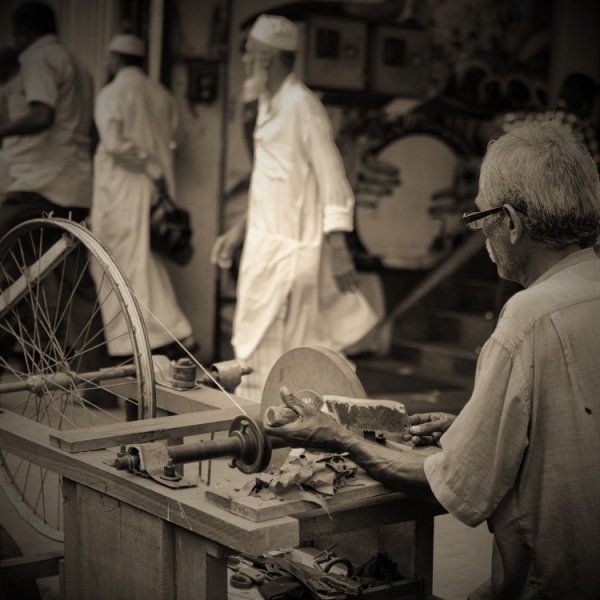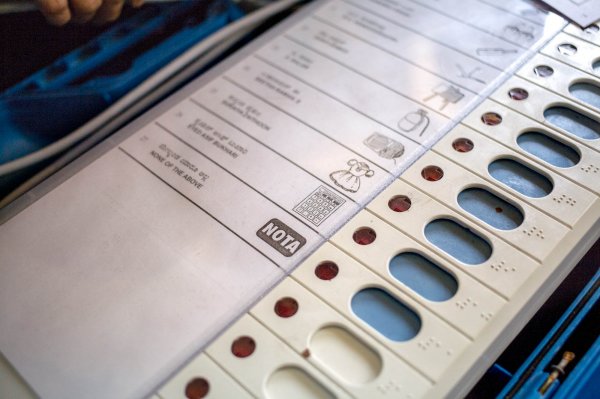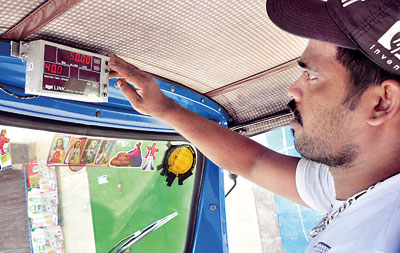
As any other eight-year-old boy, Nimesh Kavinda was fascinated by trains. Living in Peraliya – a small fishing village right by the sea in the Southern Coast of Sri Lanka – his house was located right in front of the rail tracks. In young Nimesh’s mind, trains were magical dragons which transported people from one land to another. As he watched trains whizz past his house every day, with their smoky breath and loud hooting, he imagined their strength, power and speed to be unmatchable by anything else on this earth. For him they were indestructible, invincible.
That was probably why his first instinct was to run and get into the train on December 26, 2004.
The day started like any other. Since it was a Poya day and the day after Christmas, his tiny house was filled with more people than usual – aunts, uncles and cousins who were visiting them. Little did he know that life he knew would be changed forever on that day –while he was playing in an imaginary world, fate was waiting to punch him in the gut in the real world. At 9.26am, a huge tidal wave hit their house suddenly. Nimesh, who was caught off guard, was drifted away with his mother and two young sisters. While his mother tried to climb up a water tank to escape the water, she frantically instructed Nimesh to run to safety.
Nimesh ran ahead, and in the distance, he saw a train – one he had seen and waved at so many times – had stopped dead on the rail tracks. Almost without thinking, he ran and got into the train. Unfortunately, the train was not able to offer the safety he desperately hoped for. As the second wave, measuring more than 20 ft, hit the train at a colossal force, the massive iron monster toppled on its side.
Luckily, for Nimesh, a kind gentleman swam up to him and guided him to safety. His mother, sisters and some of his aunts and uncles were not that lucky. In a matter of minutes, the giant waves took their lives mercilessly as Nimesh was left orphaned with only his elderly grandmother to take care of him.
Nimesh nor anybody knew at the time that this was the day a massive tsunami, known as Boxing Day Tsunami, hit Sri Lanka – a natural disaster that took more than 30,000 lives and left hundreds of thousands more destitute. The train Nimesh had gotten into was the Train No. 50, Colombo-Matara Express, which never made it to its destination. To date, it is the worst train tragedy in the world, where nearly 1,700 people died in the train with only a handful of survivors like Nimesh.
It was one of the darkest days in the history of Sri Lanka; a day that would never be forgotten. If there was one thing the tragedy proved, it was the island’s courage and resilience. Immediately in the wake of the tragedy, there was an outpour of aid and donations to the victims from locals as well as foreigners. Sri Lanka, while reeling from the shock of the worst natural disaster it had ever witnessed, started rebuilding. As a country, it rebuilt the lives of people, the houses, shops, the buildings and the roads that were ruined.
Sri Lanka also rebuilt the Train No. 50.
It was not an easy process; in fact it was a process that took years.
Mr. H.L. R. Fonseka, the Loco-shed Manager (Foreman) and Chief Recovery Officer at the Dematagoda Running Shed recalled the enormous effort of his team to repair the train that was mangled by the tsunami.
“When we rushed to the scene in Peraliya on the 27th, I could not believe what I saw. I have seen so many trains – in various states – during my 35 years of service. But I had never, ever seen something like that. The train compartments lay on a zigzag formation… completely dismantled. The first of many challenges we faced was reaching the site of the tragedy. Because of the debris and the water, it was impossible to even get near the train to assess the situation,” he said.
“It was after several days, on January 4 that we could start our operations. In those four days I chopped down 34 coconut trees just to get close enough to the train. We worked from 6.00 a.m. to 6.00 p.m. because we could not work in the night as there was no electricity,” Mr. Fonseka claimed.
Mr. Fonseka and his team, along with Engineer Dilantha Fernando, used large cranes to turn the compartments upright and then re-assembled them on the location. By January 10, they had managed to shift the compartments back to the rail track. Next, they dismantled the engine, removed the damaged motors and together with the wheel sets, transported them to the Ratmalana workshop. The compartments and the body of the engine were placed on a temporary rail track. By January 11, the train – even though it was still badly damaged – was standing upright on the temporary rail tracks.
“We left the engine-body and the compartments on the makeshift track (because the actual rail track had to be cleared) until February, 2005. In February we brought five compartments and the engine body to Colombo. By the end 2005, we had brought all eight compartments to Colombo,” Mr. Fonseka explained.
At Ratmalana, the mechanics cleaned out the engine and rewired it completely. In December, 2008, the engine was brought to the Dematagoda Running Shed to complete the running requirements.
“Here we checked the power, repaired air and vacuum brakes and completed all the other operations. We did a few test runs on the engine and by December 26 in 2008 the engine was ready to run again,” Mr. Fonseka said.
In a landmark accomplishment, on the fourth anniversary of the Tsunami, the engine of Train No. 50 made its first journey and since then the engine has been back at its daily trudge.
However, salvaging the damaged compartments took even longer. Through their efforts, they managed to get five compartments back to running condition by the end of 2014.
10 years after the tragedy, on December 26, 2014, the Train No. 50 was ready to make a historic journey again. The original locomotive and the five repaired compartments stood proudly on the rail tracks at the Fort Railway Station. At 6.50am, the exact time the train had left the station 10 years ago, the train set off to Matara with a loud bellow.
Unlike thousands, Head Guard of Train No. 50, Mr. W. Karuntillake was someone who had Lady Luck on his side on that day. He was among the handful of survivors in the train and the only staff member who managed to cheat death during the disaster.
“Our courage has helped us rebuild our lives and move on from this calamity. I continue to work in the railway department and I still work on coastal trains. But I would never forget that day. I am glad that we can all remember and commemorate the victims of this tragedy on its anniversary,” he said, reminiscing the unforgettable day.
The train was packed with a few fortunate survivors, families who had lost a loved one in the tragedy and those who still bore hope for the disappeared, even after 10 years whose sighs were mixed with the wind and floated away as the train chugged along.
Throughout the journey, Pirith was chanted in the train, not allowing us for a moment to forget that this was a special occasion and a special train. Apart from the continuous chants, it was a quiet journey, with most of the passengers lost in their own worlds. Someone like myself, whose connection to the tsunami train was a second-hand one, could only imagine the screams, the panic and the chaos that filled the train 10 years ago.
Finally, when the train reached Peraliya, a commemoration was held at the Tsunami monument followed by religious services in all four religions. As we bid farewell to the Train N0. 50, it hurtled past, taking with it thousands of untold stories of those who were buried in a watery grave on December 26, 2004.












